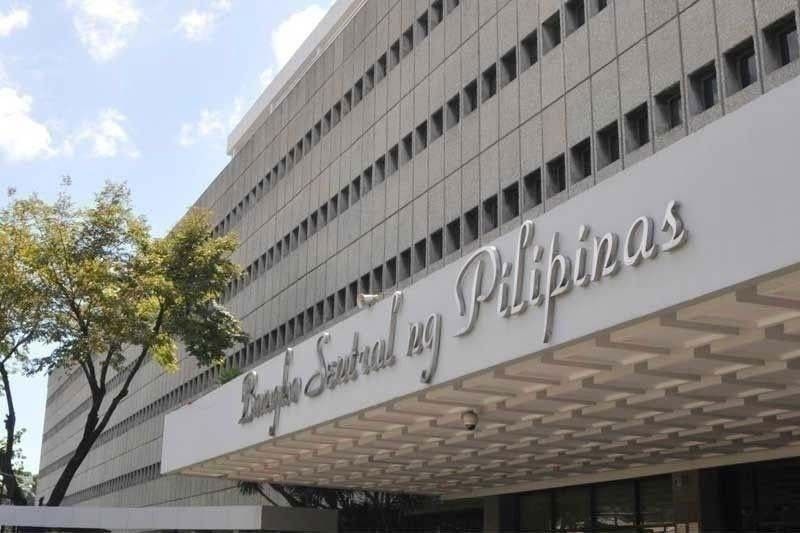Banks’ bad loan ratio continues to climb

MANILA, Philippines — Philippine banks saw their non-performing loan (NPL) ratio climb for the fifth consecutive month in August, hitting a new two-year high as rising interest rates continue to strain borrowers.
Based on preliminary data from the Bangko Sentral ng Pilipinas (BSP), the industry’s NPL ratio rose to 3.59 percent in August from 3.58 percent in July. It marked the fastest pace in 26 months or since the 3.60 percent in June 2022.
Michael Ricafort, chief economist at Rizal Commercial Banking Corp., attributed the slight increase in NPLs to still-elevated borrowing costs for consumers, businesses, governments and other borrowers, despite the 25-basis-point interest rate cut from the BSP in August.
Loans are classified as non-performing when they are left unpaid at least 90 days beyond the due date. They are considered as a risk to banks’ asset quality as borrowers are likely to default on these debts.
According to central bank data, soured loans rose by 15.8 percent to P512.7 billion in August from P442.6 billion in the same month last year.
Philippine banks booked a 10.3-percent increase in loan disbursements to P14.3 trillion in August from P12.96 trillion in the same month last year.
The banking sector’s past due loans grew by 17.3 percent to P631.42 billion in August from P537.9 billion a year ago as restructured loans slipped by 4.2 percent to P293.16 billion from P306.05 billion.
Amid the rising soured loans and past due loans, Philippine banks beefed up their loan loss reserves by 5.8 percent to P482.49 billion in August from P456 billion in the same month last year.
This translated to a loan loss reserve level of 3.37 percent and an NPL coverage ratio of 94.11 percent in August.
Ricafort said rate cuts from the BSP and the US Federal Reserve over the next three years would help reduce borrowing costs and lead to better economic conditions.
“This would all lead to more sales and incomes for different borrowers, which would improve their ability to pay their loans and would eventually help reduce bad loans going forward, with some lag effects,” he said.
In a move to shift to a less restrictive monetary policy, the BSP’s Monetary Board cut borrowing costs by 25 basis points in August, bringing the key rate to 6.25 percent. This was the central bank’s first rate cut in almost four years, the last being in November 2020.
Prior to this, the BSP kept its policy rate steady for six straight meetings since November 2023. From May 2022 to October 2023, it hiked rates by 450 basis points to tame inflation.
The industry’s NPL ratio stood at 3.24 percent at end-2023, slightly higher than 3.16 percent as of end-2022.
The ratio peaked at 4.51 percent in July and August 2021, at the height of the COVID-19 pandemic.
- Latest
- Trending






























